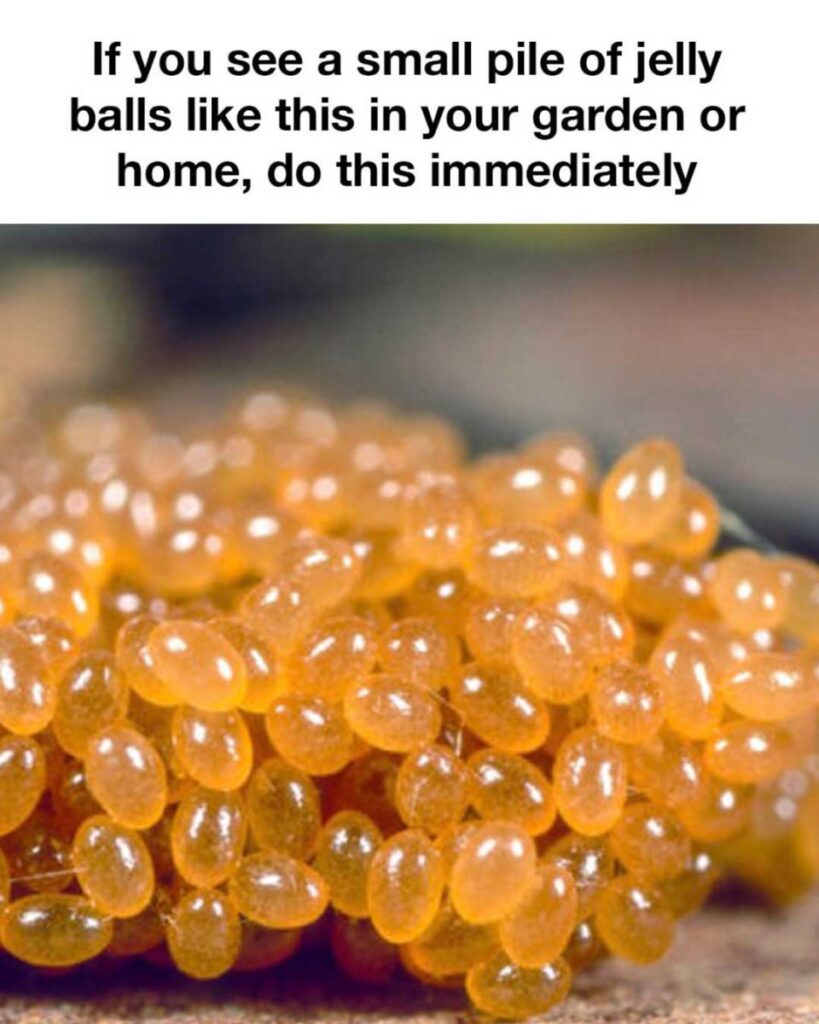
Tick eggs are often laid in clusters and can resemble small piles of jelly balls. Understanding the life cycle of ticks and how they reproduce is crucial in identifying and managing tick infestations. Female ticks can lay thousands of eggs in soil, leaf litter, and even within homes where conditions allow. These eggs then hatch into larvae, progress to nymphs, and finally mature into adult ticks, continuing the cycle if not interrupted.
Identifying the Presence of Tick Eggs
Tick eggs are typically laid in dark, moist areas. They are usually brownish-red in color and may be found in garden beds, beneath stacked firewood, or in corners and crevices within your home.
The eggs are very small, resembling tiny beads or jelly balls, and are often laid in clusters. It is important to regularly inspect areas that provide favorable conditions for ticks to detect these clusters early.
Health Risks Associated with Tick Eggs
Tick eggs themselves do not pose immediate health risks, but their presence indicates an increased likelihood of a tick infestation. Ticks are carriers of various diseases such as Lyme disease, which can be transmitted to humans and pets through bites. Early detection and removal of tick eggs can prevent the development of adult ticks and reduce the risk of exposure to these diseases.
Immediate Steps to Take if You Find Tick Eggs
If you find a cluster of tick eggs, it is important to act swiftly to prevent them from hatching. First, avoid touching the egg cluster directly with your hands to prevent any potential contamination or spread. Use gloves or tissue to handle them and place them in a sealed plastic bag. Remove any surrounding leaf litter or debris that could harbor additional eggs or ticks.
Effective Methods for Safe Removal
To safely remove tick eggs, use a combination of methods. Spraying the area with a diluted bleach solution can help kill eggs that might be missed during physical removal. Vacuuming is also effective inside homes to draw up eggs and ticks. For eggs found in gardens, applying diatomaceous earth around the affected area can act as a natural pesticide that harms the insects. Consistent monitoring and removal are key to ensuring the eggs do not hatch.
Preventative Measures to Avoid Tick Infestations
Maintaining a tidy yard and home is crucial in preventing tick infestations. Regularly mow your lawn and keep it free from leaf litter and tall grasses where ticks thrive. Create a barrier of wood chips or gravel between wooded areas and your lawn. Inside the home, keep clutter to a minimum and vacuum regularly. Consider using tick repellents for your pets and checking them frequently for ticks.
When to Seek Professional Pest Control
If you find that you are unable to control the tick egg clusters or if you experience repeated infestations, it may be time to seek professional pest control services. Experts can conduct thorough inspections, provide targeted treatments to affected areas, and offer long-term solutions to prevent future infestations. Their knowledge and resources can ensure a more comprehensive approach to managing tick problems.